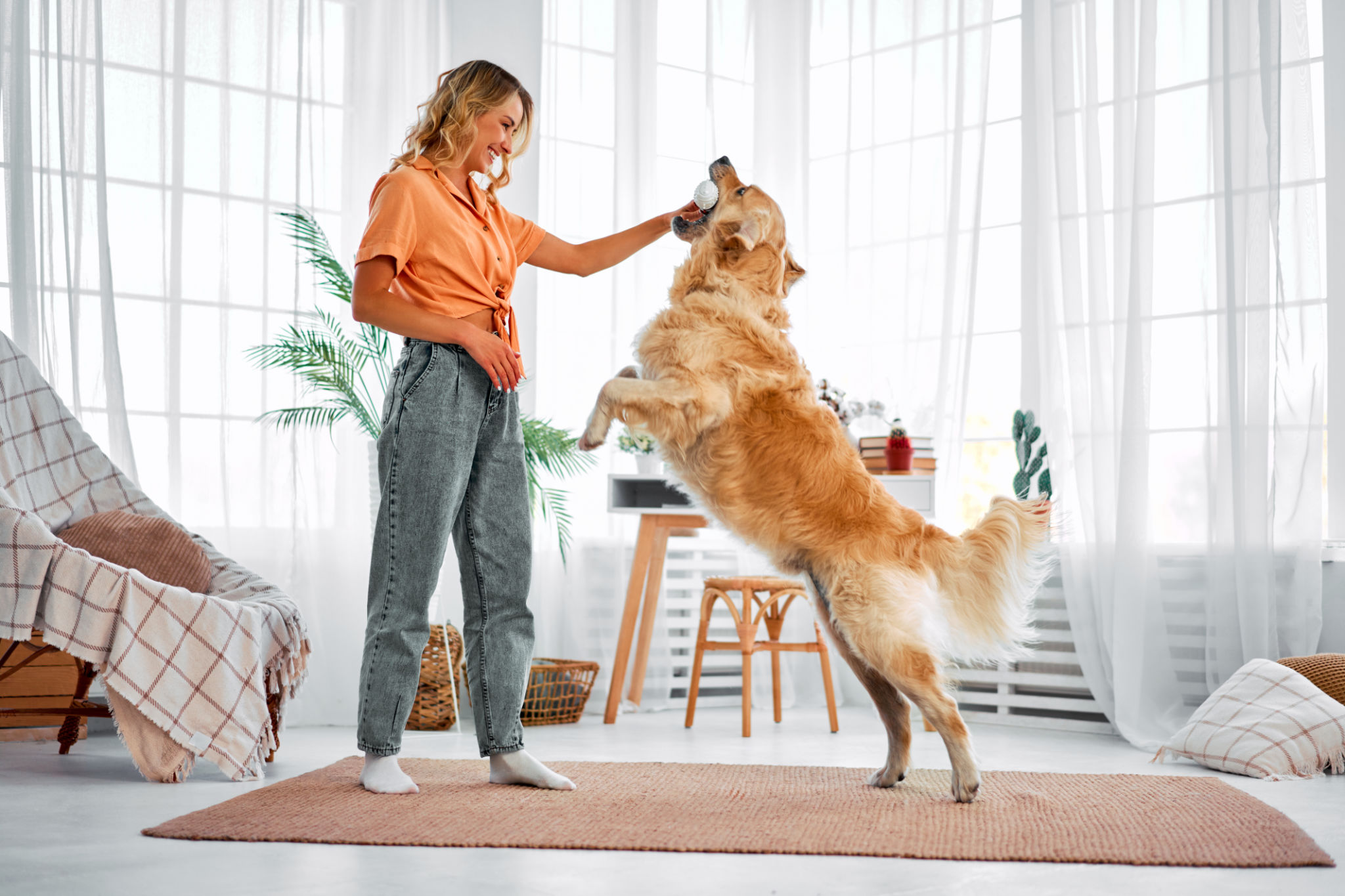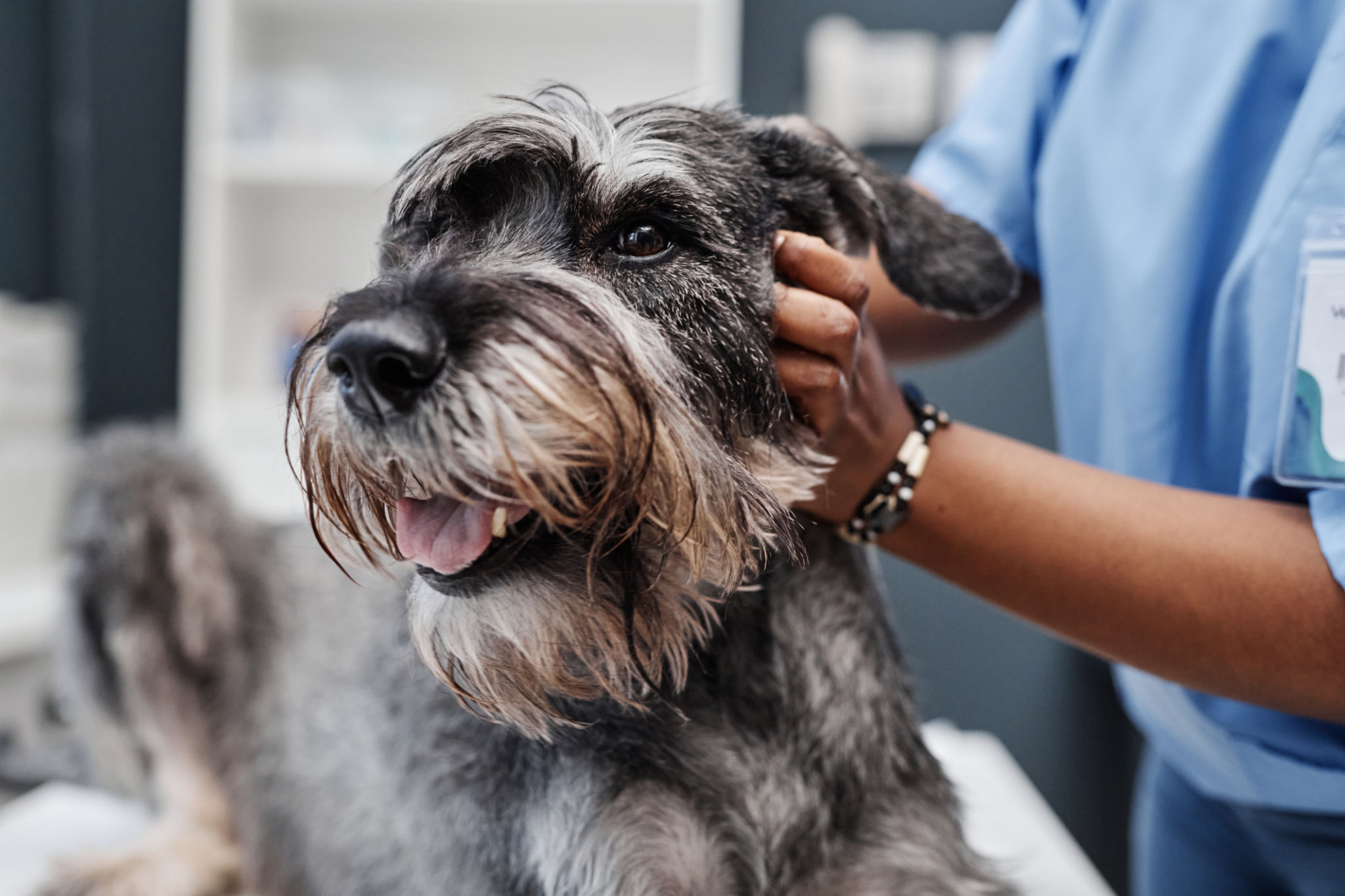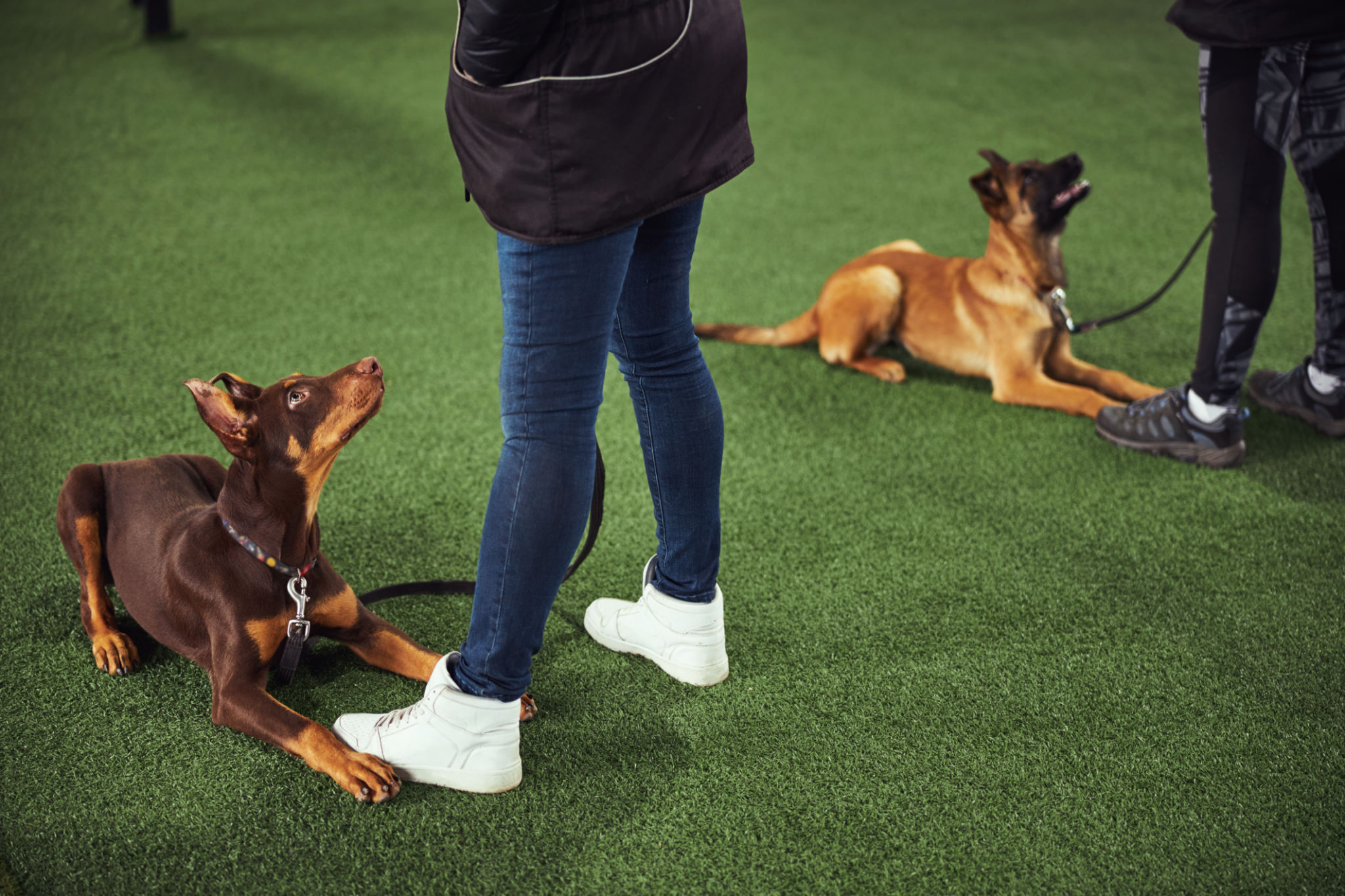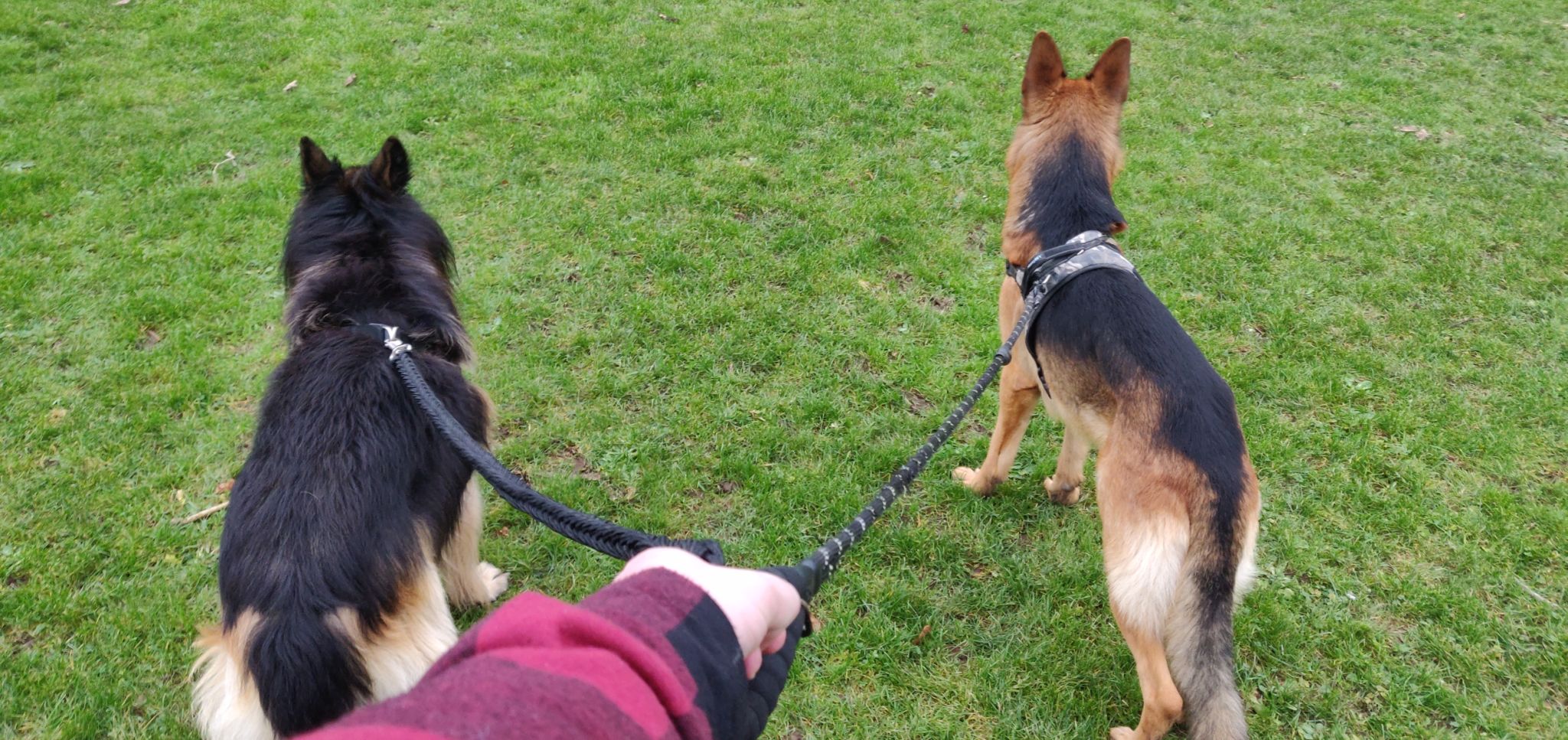The Ultimate Guide to In-Home Dog Training in Dallas
Why Choose In-Home Dog Training?
In-home dog training is gaining popularity in Dallas for a plethora of reasons. Unlike group classes, in-home training provides a personalized experience tailored to your dog's specific needs and your household environment. This individualized attention can lead to faster and more effective learning outcomes.
One of the main advantages of in-home training is that it allows the trainer to observe your dog's behavior in its natural habitat. This can help identify any environmental factors contributing to behavioral issues. Additionally, it eliminates the stress some dogs experience in unfamiliar settings, making them more receptive to learning.

Finding the Right Trainer
Choosing the right trainer is crucial for a successful in-home dog training experience. Look for certified professionals with experience and positive reviews. You want someone who uses humane, science-based methods and has a proven track record of success.
It's also important to find a trainer whose communication style meshes well with your own. A good trainer will not only teach your dog but also educate you on how to reinforce behaviors and maintain progress.
Questions to Ask a Potential Trainer
- What is your training philosophy?
- Can you provide references or testimonials?
- What experience do you have with dogs similar to mine?
The Initial Assessment
Most trainers will begin with an initial assessment to evaluate your dog's behavior and discuss your goals. This session typically involves observing how your dog interacts with both family members and strangers, as well as assessing any problematic behaviors.

The assessment will give the trainer insights into creating a personalized training plan. This plan should include specific goals, a timeline, and techniques tailored to your dog's unique needs.
Setting Realistic Goals
When embarking on an in-home training journey, it's essential to set realistic goals. Keep in mind that each dog learns at its own pace, and progress may vary depending on factors like age, breed, and previous training experiences.
Your trainer will help you break down larger goals into smaller, manageable steps. Celebrate the small wins and be patient with your pup as they learn new behaviors.
Common Training Goals
- Basic obedience commands (sit, stay, come)
- Housebreaking or potty training
- Addressing specific behavioral issues (aggression, anxiety)

Consistency is Key
One of the most important aspects of successful dog training is consistency. Reinforcing behaviors consistently helps dogs understand what is expected of them. Make sure all household members are on the same page regarding rules and commands.
Consistency extends beyond commands; it also involves maintaining a structured daily routine. Regular feeding times, walks, and training sessions help create a stable environment for your dog.
Maintaining Progress
Once your dog has mastered new skills, it's crucial to maintain this progress. Regular practice and continuous reinforcement of learned behaviors are necessary to prevent regression.
Your trainer may recommend follow-up sessions or provide resources for ongoing education. Training is a lifelong commitment, and keeping your dog mentally stimulated is key to their happiness and well-being.
